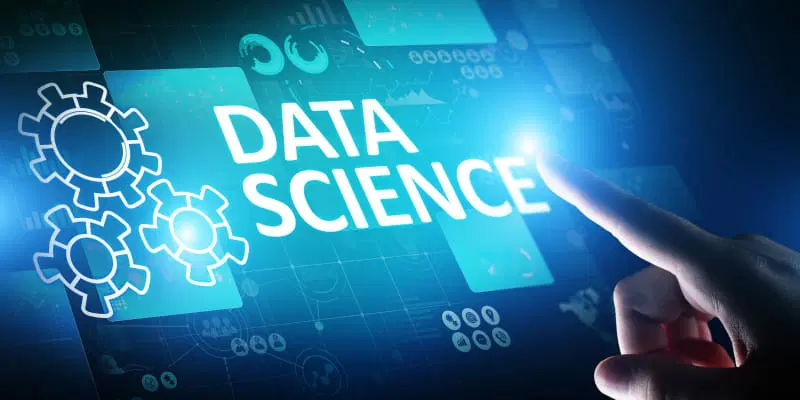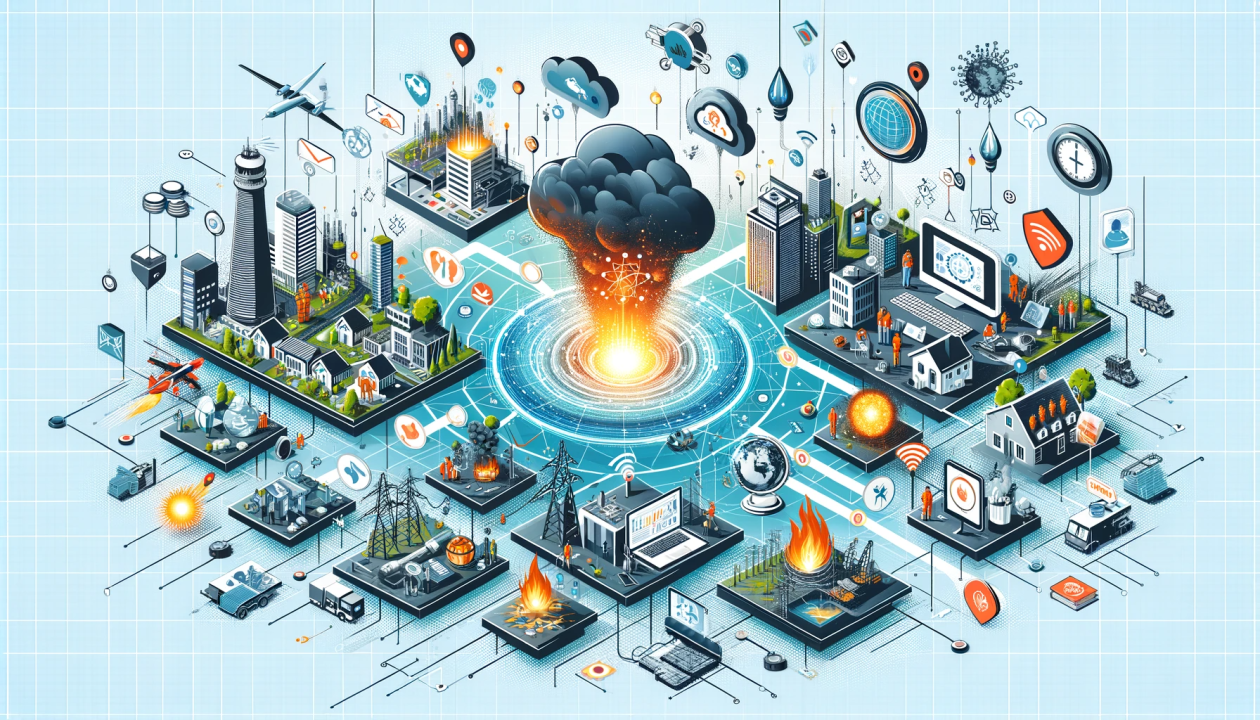Data science is a disruptive force in today’s digital world, revolutionizing industries as varied as healthcare and finance to entertainment and agriculture.
As much as the discipline is generally thought to be defined by advanced algorithms and predictive analytics, its actual foundation is the technology that allows data scientists to collect, interpret, and disseminate insights effectively.
The root of data science technology is in a blend of computer power, application software, data management systems, and infrastructure for the support of the entire analytical process from end to end.
A familiarity with the technology underpinnings is essential for anyone joining or wanting to move forward in the profession. Every data-driven decision rests upon these technologies.
Without them, even the best data scientists could not apply their concepts or broaden their horizons.
Programming Languages and Scripting Tools
Programming languages form the foundation of data science technology that allows users to communicate with data, do calculations, and execute procedures automatically.
These programming languages are essential in the development of reproducible workflows and the application of statistical and machine learning methods.
Apart from syntax, programming environments offer a context to take advantage of libraries, packages, and modules that make intricate analytical processes easy to use.
Scripting languages make it possible to automate data workflows from data acquisition and preprocessing through modeling and reporting.
Automation is particularly vital in dynamic or very large environments, where it is no longer practical for the operations to be carried out manually.
Data Management Systems
Optimal storage, organization, and retrieval of data are at the heart of data science. Data management systems are the foundation on which structured as well as unstructured data from diverse sources are handled.
From the stalwarts of traditional relational databases to newer distributed storage architectures, they can store petabytes of data over dozens of nodes.
Good data management is not solely capacity for storage—it’s also access speed, scalability, integrity, and compliance.
These platforms are built to handle indexing, querying, and transactional integrity so that data scientists can work on good, clean information.
Data lineage, catalog, and metadata management are all included here, which enable data scientists to know where their data came from, the quality of the data, and how relevant it is.
Data Integration and Processing Frameworks
Raw data is not usually in a format that is clean and ready to be analyzed. Data processing technologies convert raw input into clean, usable data sets.
The technologies enable operations such as parsing, filtering, aggregation, and combining multiple sources.
They enable mechanisms for users to define reproducible data pipelines to clean and structure data over and over again.
Frameworks for integration are needed where data is from multiple platforms, sensors, or inputs. Integration frameworks offer connectors and APIs that convert from one system to another so that data scientists can tap into all of the world of data.
Batch and real-time support are both significant depending on the use case, and the ability to support either or both is usually necessary.
Statistical and Analytical Software Libraries
Data science’s analytical power rests on statistical computing and data modeling. Technology facilitates this through software libraries that bundle intricate math into functions that can be used directly.
The libraries enable methods such as hypothesis testing, dimensionality reduction, clustering, regression, classification, etc.
These frameworks enable data scientists to rapidly go from concept to data, refining ideas and measuring results in a compact series of iterations.
They offer data analysis methods formalized and rendered less error-prone and more reproducible across studies.
The continuous innovation of new algorithms and analytic procedures implies that the technological underpinning has to be adaptable and expandable in order to support innovation in the domain.

Machine Learning and AI Frameworks
Machine learning capability has developed at the heart of data science, providing techniques to construct models that can learn patterns in data and predict or make decisions.
Machine learning infrastructure includes training libraries, optimisation engines, and model evaluation infrastructure.
These technologies de-emphasize algorithmic sophistication, instead pointing toward optimization of parameters and results measurement.
They accommodate supervised, unsupervised, and reinforcement learning paradigms, allowing data scientists to model to match an incredibly large set of business or research objectives.
When models leave the lab and go into production, metrics like performance, scalability, and version control become critical.
The underlying technology should offer not only accuracy but also reliability, efficiency, and maintainability.
Cloud Computing and Platforms for Infrastructure
Data science today is more and more not limited to on-site machines. Cloud infrastructures provide scalability, collaboration, and access that no traditional setup could possibly provide.
These platforms support virtualized compute environments that are set up based on individual workloads, ranging from data processing to model deployment.
Cloud technology makes distributed computing possible, a foundation for managing big data and compute-intensive workloads.
Cloud technology enables the on-demand spin-up of resources and shut-down of resources when they are no longer required, conserving costs and resource utilization.
They also provide managed storage, analytics, orchestration, and monitoring services—reducing infrastructure thinking as much as insights.
Visualization and Communication Tools
Visualization is a significant data science function since it converts abstract data into intuitive and actionable data.
Visualization technologies vary from basic plotting libraries to dynamic, interactive dashboards that are updated continuously in real time.
These are essential to the process of narrating with data, as they enable data scientists to engage with stakeholders who may not be technical in communicating findings.
They aid exploration, pattern detection, and hypothesis formulation, as well as in decision making.
Effective visualization tools are integrated into data analysis and processing systems to enable an uninterrupted chain from raw data to ultimate presentation.
Workflow Management and Collaboration Platforms
As data science projects become larger and more complex, workflow management is necessary. Workflow orchestration software maintains processes, schedule execution, and resolve dependencies in a more efficient manner.
Version control systems and project management systems encourage collaboration. These allow various users to work on the same project at the same time, monitor changes, and remain consistent over time.
Reproducibility is one of the central issues in data science, and these environments assist in enabling that analyses can be audited and replicated. Containerization, documentation, and code sharing are crucial aspects to this environment.
Model Deployment and Monitoring
Once a model has been created, it must be deployed in order to create value. Deployment technologies allow models to execute in production environments, incorporating them into applications or decision support systems.
Monitoring technology monitors model performance, accuracy, and usage in real time. They notify teams when models go down or when input data changes, prompting retraining or tuning as required.
This end-to-end life cycle—from training through deployment to monitoring—is now enabled by a new practice called MLOps, which draws on operational best practices to bring to bear upon machine learning processes.
Conclusion
The technology behind data science is deep and wide. It ranges from simple programming tools to sophisticated cloud environments.
Every tier of this tech stack contributes in some way toward turning raw data into useful insights.
Being a master of data science entails not just knowing statistical methods but also familiarity with the software that makes such methods computationally scalable and feasible.
Technology will evolve, so will the profession—rendering ongoing learning a part of the data scientist’s path.
By valuing and knowing the roots of data science technology, industry professionals will be able to create even more productive, efficient, and effective analytical solutions in a data-driven world.




